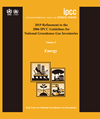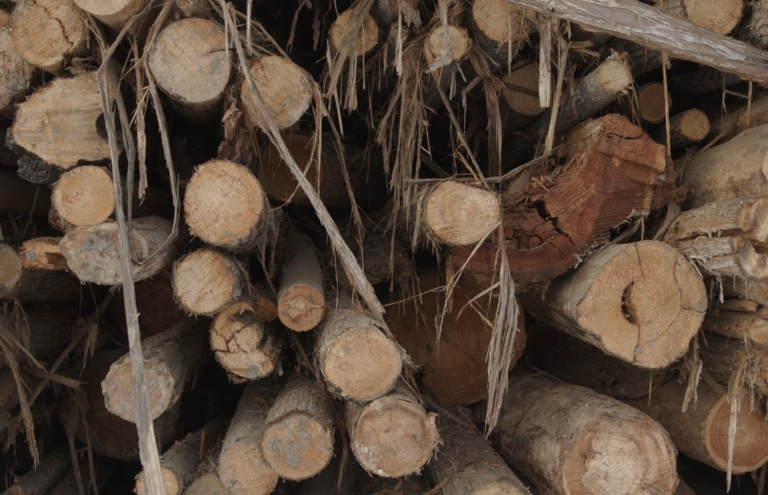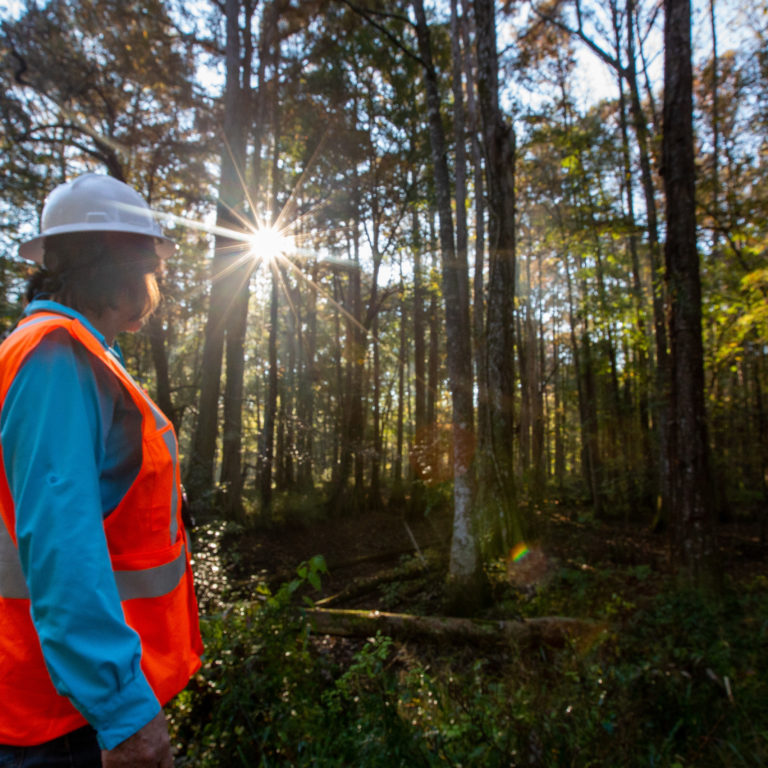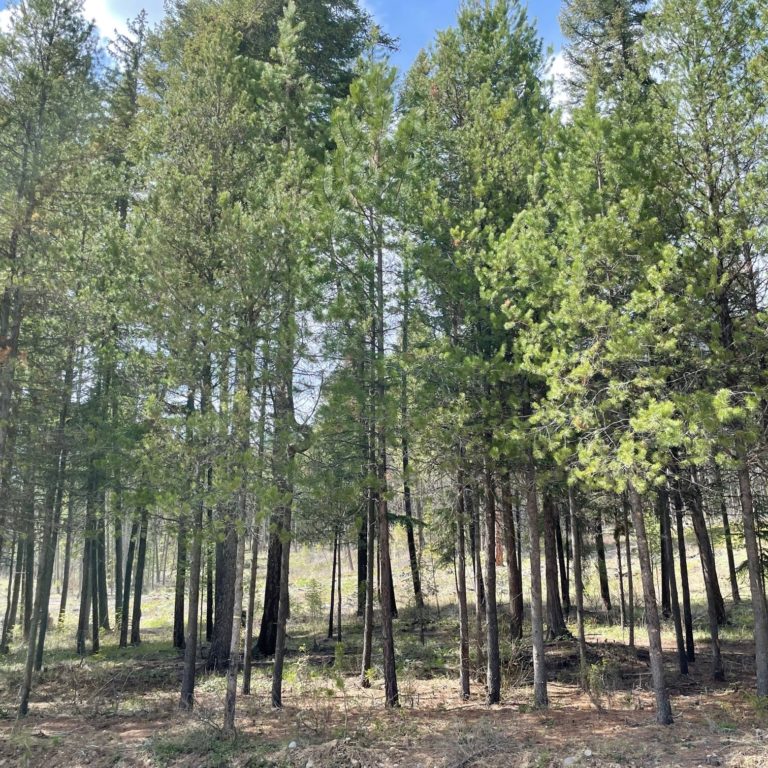IPCC on biomass power generation carbon accounting
Extract from 2019 Refinement to the 2006 IPCC Guidelines for National Greenhouse Gas Inventories: Volume 2, Energy

About this resource
In 2019, the IPCC (Intergovernmental Panel on Climate Change) updated its guidance on how to treat biomass greenhouse gas (GHG) emissions.
It clearly reiterates the principle held since 1995 that because biomass spans lots of accounting frameworks (ie forestry and other land use, energy, agriculture, etc.) there is a risk of double counting.
It therefore says that biomass should be accounted for in the forestry and other land use (AFOLU) category and not in energy.
The information below is extracted from the website of the IPCC’s Task Force on National Greenhouse Gas Inventories. We have placed the key points in bold and Drax commentary in italic blue.
Treatment of Biomass [extract, with commentary]
Biomass is a special case:
- The overall IPCC approach to greenhouse gas emissions from combustion of biomass or biomass-based products (e.g., ethanol) at the national level allows for complete coverage of emissions and sinks, and involves all IPCC sectors, including in particular, Energy, Agriculture, Forestry and Other Land-Use (AFOLU), and Waste.
- Carbon dioxide (CO2) emissions from the combustion of biomass or biomass-based products are captured within the CO2 emissions in the AFOLU sector through the estimated changes in carbon stocks from biomass harvest, even in cases where the emissions physically take place in other sectors (e.g., energy). This approach to estimate and report all CO2 emissions from biomass or biomass-based products in the AFOLU sector was introduced in the first IPCC guidelines for national greenhouse gas emissions (IPCC 1995), reflecting close linkages with data on biomass harvesting, and for the pragmatic reason to avoid double counting.
Because biomass is accounted for in the land use sector it should be treated as zero (ie carbon neutral) in the energy sector otherwise emissions would be accounted for twice.
- In the Energy sector, CO2, methane (CH4) and nitrous oxide (N2O) emissions from combustion of biomass or biomass-based products for energy are estimated, but the CO2 emissions are recorded as an information item that is not included in the sectoral total emissions for the Energy sector, as they are already included in AFOLU. The CH4 and N2O emissions from the combustion of biomass for energy are included in the sectoral total emissions in the Energy sector, as emission rates depend on combustion and transformation conditions and cannot be estimated using AFOLU carbon stock change methodologies. This provides a complete picture of a country’s energy system and avoids double counting of emissions with those reported in the AFOLU sector.
This is why we report stack emissions but do not have to surrender EU ETS allowances. And also why we are still subject to EU and UK air quality legislation that covers GHGs other than CO2.
- For biomass, only that part of the biomass that is combusted for energy purposes should be estimated for inclusion as an information item in the Energy sector.
- For fuel wood, activity data are available from the International Energy Agency (IEA) or the Food and Agriculture Organization of the United Nations, (FAO). These data originate from national sources and inventory compilers can obtain a better understanding of national circumstances by contacting national statistical agencies to find the organisations involved.
- For agricultural crop residues (part of other primary solid biomass) and also for fuel wood, estimation methods for activity data are available in Chapter 5 of the AFOLU volume.
- In some instances, biofuels will be combusted jointly with fossil fuels. In this case, the split between the fossil and non-fossil fraction of the fuel should be established and the emission factors applied to the appropriate fractions.
- Further clarification on the approach for biomass energy emissions can be found in Section 1.1, “Concepts” in Volume 1, Chapter 1. Further clarification on the reporting of emissions from burning woody biomass for energy is provided in Section 12.5, Chapter 12 of the AFOLU volume of the 2019 Refinement.














